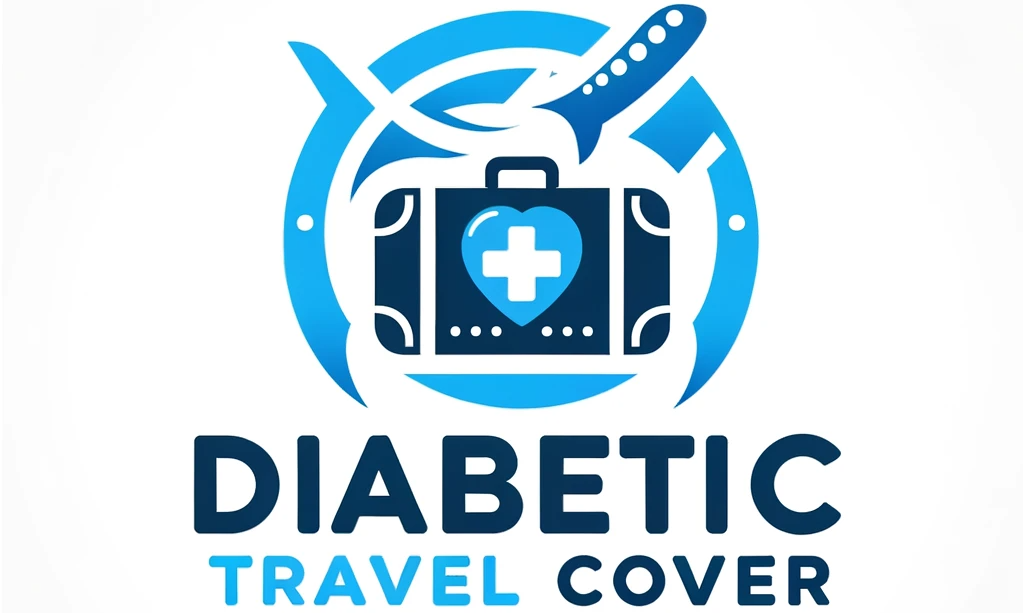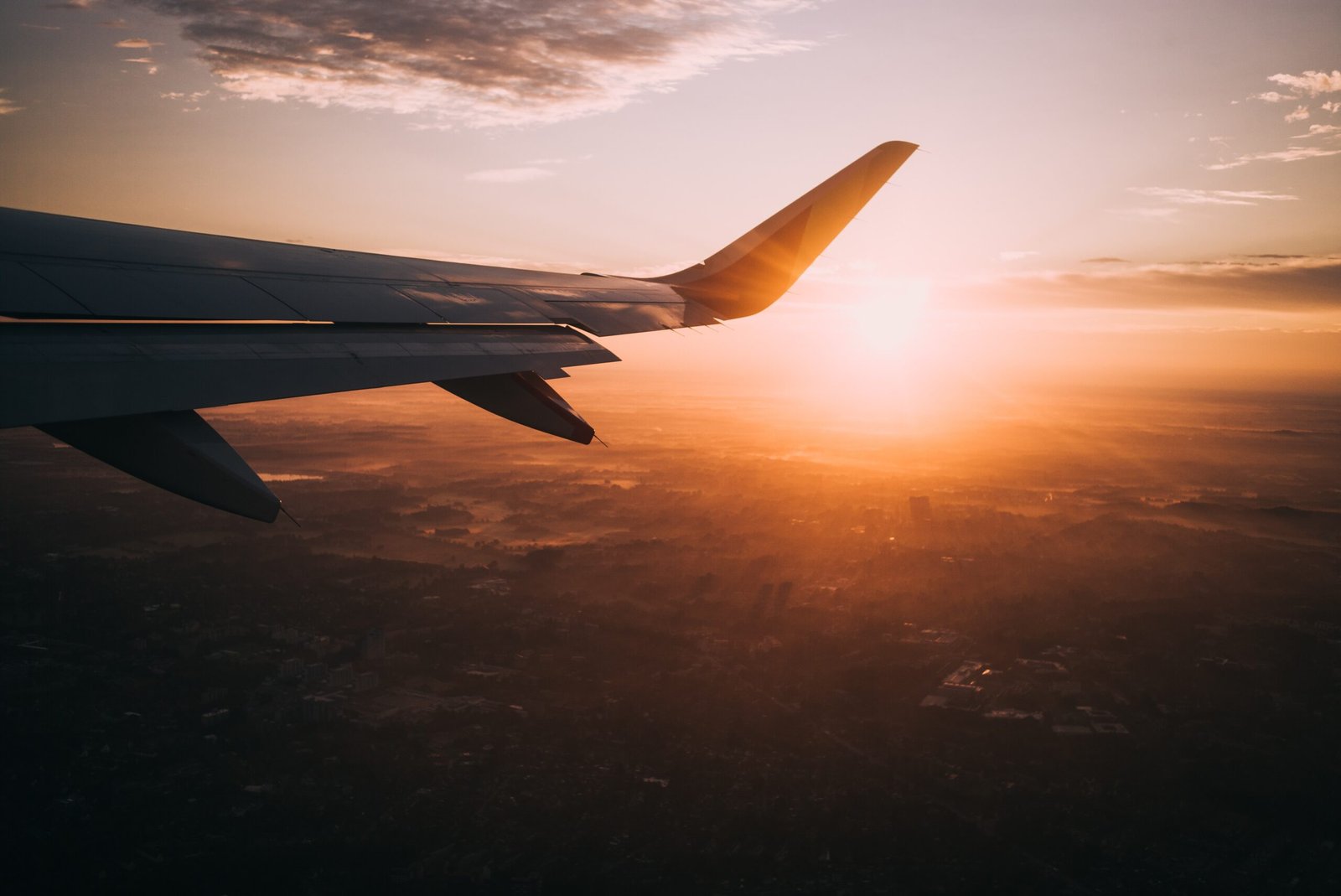Hey there! Have you ever wondered if insurance would cover the costs of climbing Mount Kilimanjaro, also known as Mounjaro? Well, the answer might surprise you! In this article, we’ll explore the possibility of insurance covering the expenses of such an adventurous expedition. So get ready to find out if your insurance has got your back when it comes to conquering the mighty Mounjaro!
Overview of Insurance Coverage
Understanding insurance coverage
Insurance coverage is a vital aspect of any expedition and can provide financial protection in case of unforeseen events or accidents. It is crucial to understand the ins and outs of insurance policies to ensure that you have the appropriate coverage for your needs. This article aims to provide a comprehensive overview of insurance coverage for climbing Mount Kilimanjaro, including travel insurance, health insurance, adventure sports insurance, and more.
Types of insurance policies
There are various types of insurance policies available, each with its specific coverage and benefits. When it comes to climbing Mount Kilimanjaro, the following insurance policies are essential:
-
Travel insurance: This type of insurance covers trip cancellation, lost baggage, medical emergencies, and other travel-related incidents.
-
Health insurance: Health insurance covers medical expenses, including hospital stays, doctor visits, and medications. It is crucial to ensure that your health insurance provides coverage for international travel and adventure activities.
-
Adventure sports insurance: Adventure sports insurance is specifically designed to cover accidents and injuries that may occur during adventurous activities such as climbing, trekking, and mountaineering.
Factors affecting insurance coverage
Several factors can impact the extent of your insurance coverage when climbing Mount Kilimanjaro.
-
Pre-existing conditions: Some insurance policies may have limitations or exclusions related to pre-existing medical conditions. It is important to understand how your insurance policy handles pre-existing conditions and whether additional coverage or waivers are available.
-
High-altitude sickness: Mount Kilimanjaro’s summit reaches an elevation of 5,895 meters (19,341 feet), which can increase the risk of high-altitude sickness. Not all insurance policies may cover medical expenses related to high-altitude sickness, so it is crucial to check the terms and conditions of your policy.
-
Adventure sport classification: Insurance policies have different definitions and classifications of adventure sports. Mount Kilimanjaro may be considered an adventure sport, and it is essential to confirm whether your insurance policy covers such activities.
Mount Kilimanjaro Expedition
Brief overview of Mount Kilimanjaro
Mount Kilimanjaro, located in Tanzania, is the highest peak in Africa and a popular destination for adventurous climbers. The mountain offers several routes of varying difficulty, attracting climbers from around the world to conquer its majestic heights. Climbing Mount Kilimanjaro requires physical fitness, determination, and proper preparation due to its extreme altitude and challenging terrain.
Costs and considerations for climbing Mount Kilimanjaro
Climbing Mount Kilimanjaro involves various costs and considerations that climbers should be aware of:
-
Guide and porter fees: Hiring experienced guides and porters is highly recommended for a safe and successful climb. The fees for these services can vary, so it is essential to budget accordingly.
-
Equipment and gear: Climbing Mount Kilimanjaro requires specialized equipment and gear, including proper clothing, hiking boots, tents, sleeping bags, and more. Investing in high-quality gear is crucial for comfort and safety throughout the expedition.
-
Training and preparation: Proper training and physical preparation are necessary for climbing Mount Kilimanjaro successfully. It is essential to engage in regular exercise, cardio workouts, and altitude simulation training to acclimate to the high altitudes.
-
Accommodation and meals: Depending on the chosen route, climbers will need to consider accommodation options such as tents or huts. Additionally, meals and nutrition are crucial for maintaining energy levels during the expedition.
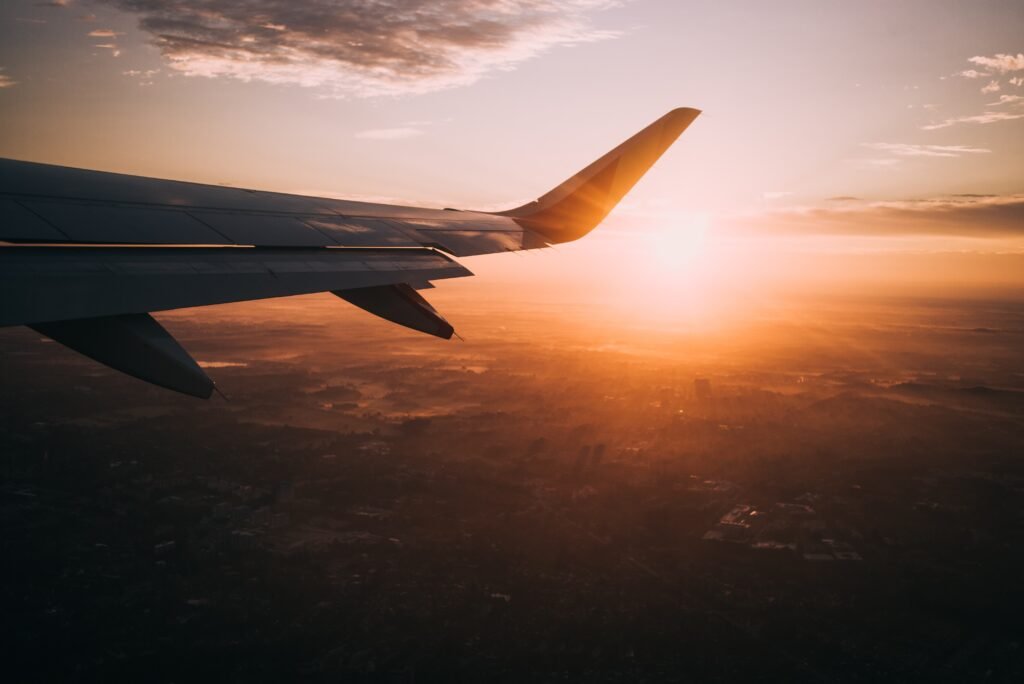
Travel Insurance Coverage
What is travel insurance?
Travel insurance is a type of insurance coverage that offers financial protection against various risks that may arise during travel. It typically covers trip cancellation, lost luggage, medical emergencies, and other unexpected circumstances that can disrupt or affect your journey.
Does travel insurance cover Mount Kilimanjaro?
Whether travel insurance covers Mount Kilimanjaro largely depends on the specific policy and its terms and conditions. Some travel insurance policies may include coverage for adventure activities, including mountain climbing, while others may exclude them. It is crucial to carefully review the policy details and confirm whether Mount Kilimanjaro is covered before purchasing travel insurance.
Considerations when purchasing travel insurance
When seeking travel insurance coverage for Mount Kilimanjaro, there are a few key considerations to keep in mind:
-
Adventure activity coverage: Ensure that the travel insurance policy explicitly mentions coverage for adventure activities, including mountain climbing or trekking. This will provide peace of mind and financial protection in case of any accidents or emergencies during the expedition.
-
High-altitude coverage: Verify whether the travel insurance policy provides coverage for high-altitude activities and related medical expenses. High-altitude sickness can be a potential risk when climbing Mount Kilimanjaro, so having adequate coverage for such situations is crucial.
-
Trip cancellation and interruption coverage: As with any travel, there is always a chance of trip cancellation or unexpected interruptions. Look for a travel insurance policy that provides coverage for these situations, ensuring that you are protected financially if you need to cancel or cut short your climb.
Health Insurance Coverage
What is health insurance?
Health insurance is a type of coverage that helps individuals manage and financially afford medical expenses. It typically includes benefits such as coverage for hospital stays, doctor visits, surgeries, medications, and other healthcare services.
Does health insurance cover medical expenses on Mount Kilimanjaro?
Health insurance coverage for medical expenses on Mount Kilimanjaro may vary depending on the specific policy and provider. It is essential to review your health insurance policy to determine if it covers international travel and adventure activities. Additionally, check for any exclusions or limitations related to high-altitude sickness or emergency evacuation expenses.
Coverage for high-altitude sickness and emergency evacuations
When climbing Mount Kilimanjaro, there is a risk of high-altitude sickness, which can range from mild to life-threatening. It is crucial to understand whether your health insurance policy covers medical expenses related to high-altitude sickness and emergency evacuations. Some policies may exclude coverage for such situations, while others may include it as an optional add-on or require additional premiums.
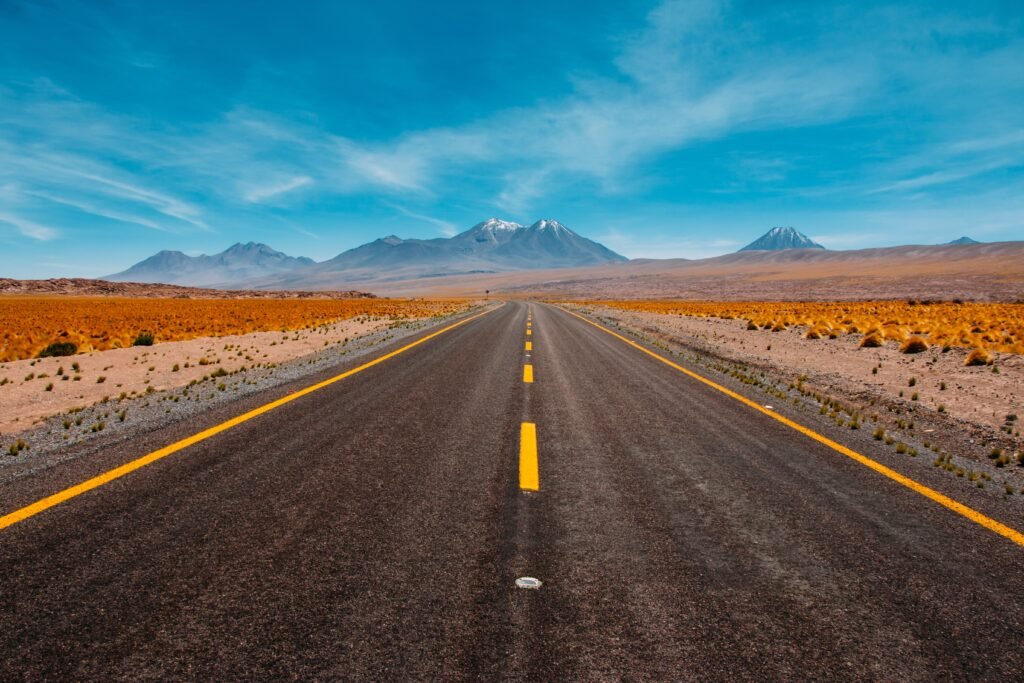
Adventure Sports Insurance
Understanding adventure sports insurance
Adventure sports insurance specifically caters to individuals engaging in adventurous activities such as mountaineering, rock climbing, skiing, and trekking. This type of insurance provides coverage for accidents, injuries, and related medical expenses that may occur during these activities.
Is Mount Kilimanjaro considered an adventure sport?
Mount Kilimanjaro is often classified as an adventure sport due to the physical exertion, challenging terrain, and potential risks involved in climbing it. As such, it is advisable to check with your insurance provider whether climbing Mount Kilimanjaro is covered under your adventure sports insurance policy.
Coverage for accidents and injuries during the expedition
Adventure sports insurance typically covers accidents, injuries, and emergency medical expenses that occur during the specific activity mentioned in the policy, including climbing Mount Kilimanjaro. This coverage can be crucial, providing financial protection in case of accidents resulting in medical and hospitalization expenses or emergency evacuations.
Exclusions and Limitations
Common exclusions in insurance policies
Insurance policies often contain exclusions, which are specific instances or circumstances that are not covered under the policy. Some common exclusions in insurance policies for climbing Mount Kilimanjaro may include:
-
Pre-existing conditions: Insurance policies may not cover expenses related to pre-existing medical conditions unless explicitly stated or with the purchase of additional coverage.
-
Self-inflicted injuries or negligence: Insurance policies typically do not cover self-inflicted injuries or injuries caused by negligence or reckless behavior.
-
Unapproved routes or activities: If the chosen route or activity is not covered or approved by the insurance policy, any accidents or injuries occurring during those circumstances may not be covered.
Limits and restrictions in coverage for Mount Kilimanjaro
Insurance policies often impose limits on coverage, which may include:
-
Maximum benefit limits: Insurance policies may have maximum benefit limits for specific expenses such as medical care, emergency evacuation, or trip cancellation. It is essential to be aware of these limits to understand the level of financial protection provided.
-
Sub-limits for adventure activities: Some insurance policies may have sub-limits for adventure activities, including climbing Mount Kilimanjaro. These sub-limits can impact the coverage available for accidents, injuries, and related expenses during the expedition.
Additional coverage options
In some cases, insurance policies may offer additional coverage options or endorsements that can be beneficial when climbing Mount Kilimanjaro. These coverage extensions may include:
-
High-altitude sickness coverage: Some insurance policies offer additional coverage specifically for high-altitude sickness and related medical expenses.
-
Emergency evacuation coverage: As emergency evacuations can be costly, considering additional coverage specifically for emergency evacuations can provide financial peace of mind.
-
Trip cancellation or interruption coverage: Having coverage for trip cancellation or interruption due to unforeseen circumstances can help mitigate financial losses in case you are unable to complete the climb.
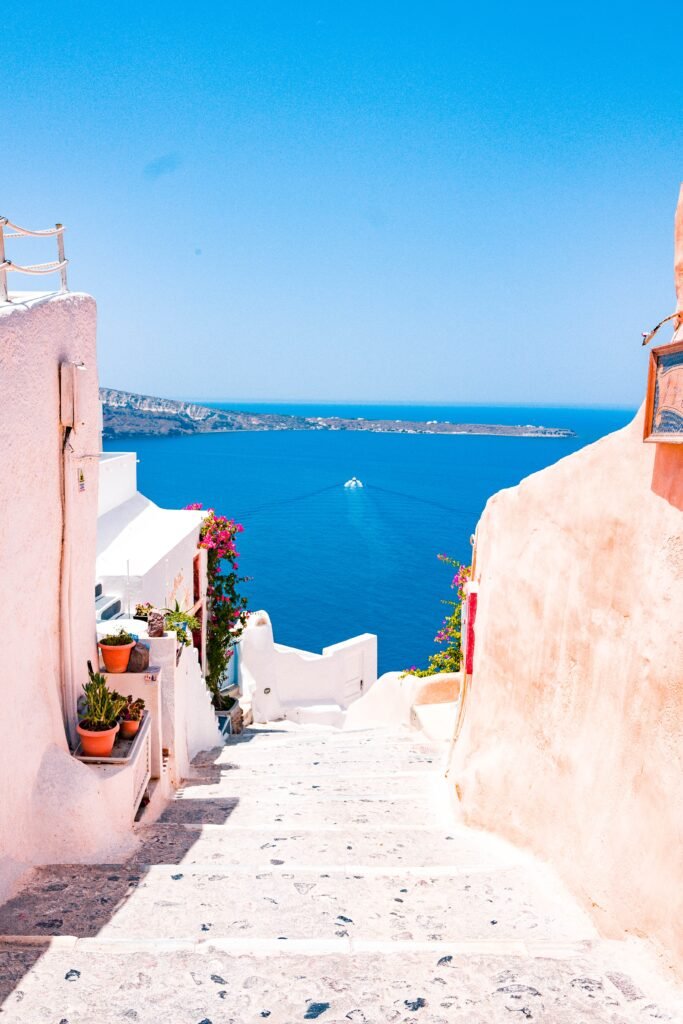
Tips for Insurance Claims
Understanding the claims process
When it comes to making insurance claims for Mount Kilimanjaro expeditions, it is important to understand the claims process. The following tips can help facilitate a smooth and successful claims experience:
-
Contact the insurance provider immediately: Notify your insurance provider as soon as possible to initiate the claims process. Gather all necessary documents, such as incident reports, medical records, and receipts, to support your claim.
-
Follow the prescribed procedures: Familiarize yourself with the claims procedures outlined by your insurance provider. Adhere to any deadlines, document submission requirements, and other guidelines to ensure a timely and accurate claims process.
-
Keep comprehensive records: Maintain detailed records of all relevant documentation, including incident reports, medical bills, receipts, and any communication with the insurance provider. These records will serve as vital evidence during the claims process.
Documentation and proof requirements
Insurance claims typically require specific documents and proofs to validate the claim. When climbing Mount Kilimanjaro, it is crucial to gather the following documentation:
-
Incident reports: If an accident or injury occurs during the expedition, obtain incident reports from relevant authorities, guides, or witnesses. These reports should detail the nature of the incident, any injuries sustained, and any emergency medical treatment provided.
-
Medical records and bills: Collect all medical records, test reports, and bills related to the treatment received. These documents should clearly indicate the diagnosis, treatment administered, and costs incurred.
-
Proof of expenses: Maintain receipts for all expenses related to the incident, including medications, hospital stays, doctor visits, emergency evacuations, and other relevant costs.
Common challenges in claiming insurance for Mount Kilimanjaro
Insurance claims for Mount Kilimanjaro expeditions may encounter certain challenges. Some common challenges include:
-
Incomplete documentation: Insufficient or incomplete documentation can significantly impede the claims process. Ensure that you have all the necessary documents and proofs readily available when filing a claim.
-
Policy limitations: Policy limitations, exclusions, and sub-limits can impact the coverage available for various expenses. Be aware of your policy’s specific terms and conditions to manage expectations and avoid unexpected claim denials.
-
Delayed or denied claims: Insurance claims can sometimes be delayed or denied for various reasons. It is important to familiarize yourself with the claims process and seek professional advice if necessary to address any claim-related issues.
Pre-Existing Conditions
Impact of pre-existing conditions on insurance coverage
Pre-existing conditions can significantly impact the availability and extent of insurance coverage for climbing Mount Kilimanjaro. It is important to understand how pre-existing conditions are defined and managed by insurance providers.
Insurance policies typically classify pre-existing conditions as medical conditions or illnesses that existed before the policy’s effective date. Depending on the policy, insurance coverage for pre-existing conditions may be limited, excluded, or require additional coverage endorsements.
Disclosure requirements
When seeking insurance coverage for climbing Mount Kilimanjaro, it is crucial to disclose any pre-existing conditions honestly. Failing to disclose pre-existing conditions accurately can lead to claim denials or policy cancellations in case of related incidents during the expedition.
Review the insurance policy’s disclosure requirements and provide all relevant and accurate information about your pre-existing conditions. Some insurance providers may require additional medical evaluations or medical history reports to assess the coverage for pre-existing conditions accurately.
Optional coverage for pre-existing conditions
Some insurance policies may offer optional coverage specifically designed to address pre-existing conditions. These coverage options may require additional premiums or waivers to ensure that medical expenses related to pre-existing conditions are included in the insurance coverage.
It is important to carefully review the policy terms and consult with insurance professionals to understand the available options for coverage of pre-existing conditions when climbing Mount Kilimanjaro.
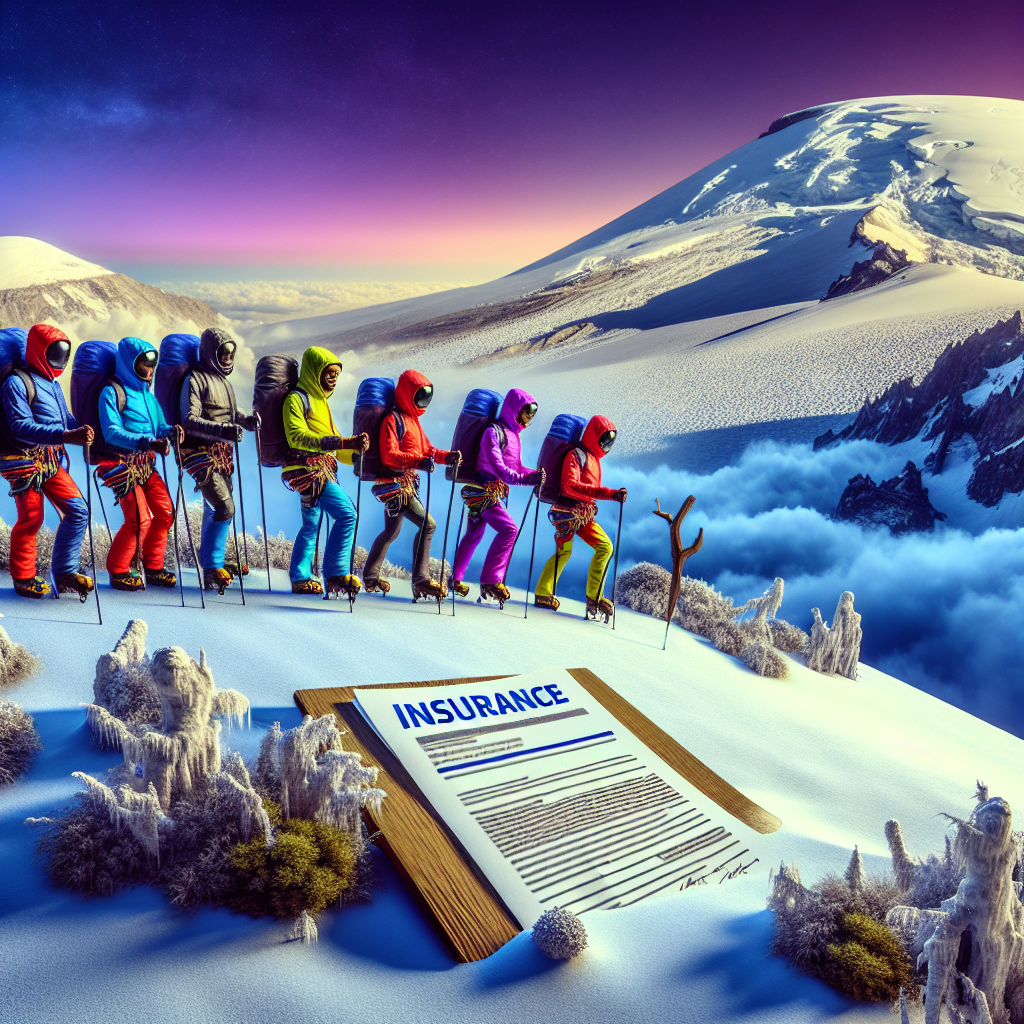
Insurance Options for Guides and Porters
Insurance coverage for guides and porters
Climbing Mount Kilimanjaro involves the invaluable assistance of professional guides and porters who play a crucial role in ensuring a safe and successful expedition. It is essential to consider insurance coverage for guides and porters to promote their welfare and protection.
Climbing companies or tour operators often provide insurance coverage for their guides and porters, including medical insurance and emergency evacuation benefits. However, it is important to confirm with the climbing company or tour operator about their insurance coverage to ensure comprehensive protection for these individuals.
Responsibility of climbers in ensuring coverage
While climbing companies or tour operators often provide insurance coverage for guides and porters, climbers also have a responsibility to ensure that these individuals are adequately covered.
When selecting a climbing company or tour operator, consider their insurance provisions for guides and porters. It is essential to choose a reputable and responsible company that prioritizes the well-being and protection of their staff.
Promoting fair treatment and support for guides and porters
Beyond insurance coverage, climbers should also strive to promote fair treatment and support for guides and porters. These individuals play a critical role in the success of the expedition and deserve proper compensation, fair working conditions, and access to necessary resources.
Supporting ethical climbing practices and responsible tourism can contribute to the overall welfare and well-being of guides and porters on Mount Kilimanjaro.
Final Thoughts
Climbing Mount Kilimanjaro is an exhilarating and adventurous experience, but it is crucial to understand the importance of insurance coverage before embarking on this journey. By exploring insurance options, seeking professional advice, and carefully planning and preparing, climbers can ensure a safe and insured expedition to the majestic heights of Mount Kilimanjaro.
Remember to review and understand the terms and conditions of your insurance policies, considering factors such as adventure sport coverage, high-altitude sickness, pre-existing conditions, and coverage for guides and porters. The right insurance coverage can provide financial peace of mind, allowing you to focus on the awe-inspiring beauty and achievement of conquering Mount Kilimanjaro.

